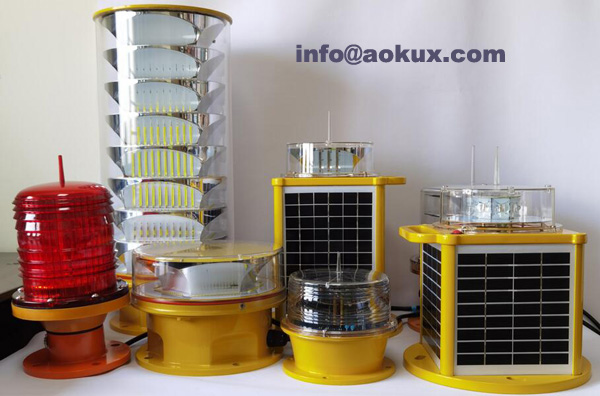
High Intensity Obstruction Lights: Ensuring Safe Air Navigation
Introduction
High intensity obstruction lights (HIOLs) are one of the most important safety devices in aviation. These lights warn pilots about tall structures or other obstacles that could pose a risk to their safety. HIOLs emit bright, flashing signals that can be seen from far distances, ensuring the safety of pilots and passengers alike. In this article, we will take a closer look at HIOLs and their importance in air navigation.
What are High Intensity Obstruction Lights?
High intensity obstruction lights are warning lights that are essential for safe air navigation. These lights are typically installed on tall structures such as transmission towers, wind turbines, chimneys, smokestacks, and other high-rise buildings. They emit flashing signals that are easy to see in low visibility conditions, making them indispensable in ensuring the safety of aircraft operations.

Types of High Intensity Obstruction Lights
There are two main types of HIOLs: xenon and LED. Xenon HIOLs are known for emitting a bright white light and have a broad beam spread, making them ideal for tall structures such as transmission towers and chimneys. Their bright flashes are easily recognizable against the night sky, making them an effective warning signal for pilots. However, they consume more energy and have a shorter lifespan than LED HIOLs.
LED HIOLs, on the other hand, offer greater energy efficiency and longer lifespan, making them suitable for a wide range of applications. They are also smaller and lighter compared to xenon HIOLs, making them easier to install. LED HIOLs are preferred by many operators because they provide good visibility while consuming less energy and requiring fewer maintenance efforts.
|
High Intensity Obstruction Light |
High Intensity Obstruction Lights |
Factors to Consider When Choosing HIOLs
When selecting an HIOL, several factors need to be considered:
1. Type of Structure – Different structures require different types of HIOLs. For example, a wind turbine requires an HIOL with a high flash rate to warn pilots of the blade movement, whereas a transmission tower may need an HIOL with a broader beam spread to cover its entire surface.
2. Height of Structure – The height of the structure determines the level of visibility required from the HIOL. For taller structures, an HIOL with a higher intensity and flash rate may be necessary to ensure that it is visible from a great distance.
3. Regulations – It is important to ensure that the HIOL complies with all relevant safety standards and regulations, including those set by the Federal Aviation Administration (FAA). Compliance with these regulations guarantees that the HIOL meets the necessary safety requirements and is suitable for use in aviation.
4. Environmental Impact – It is also important to consider the environmental impact of the HIOL you choose. LED HIOLs, for example, contain hazardous materials such as lead, cadmium, and mercury. Proper disposal of these materials is critical to minimize their impact on the environment.
Conclusion
High intensity obstruction lights play a critical role in ensuring the safety of air navigation. They are essential warning devices that help prevent collisions between aircraft and tall structures or other obstacles. When selecting an HIOL, it is important to consider the type of structure, height, and required visibility, compliance with safety standards and regulations, and the environmental impact of your choice. With the right HIOL in place, pilots can navigate the skies with confidence, knowing that they have a reliable safety net.